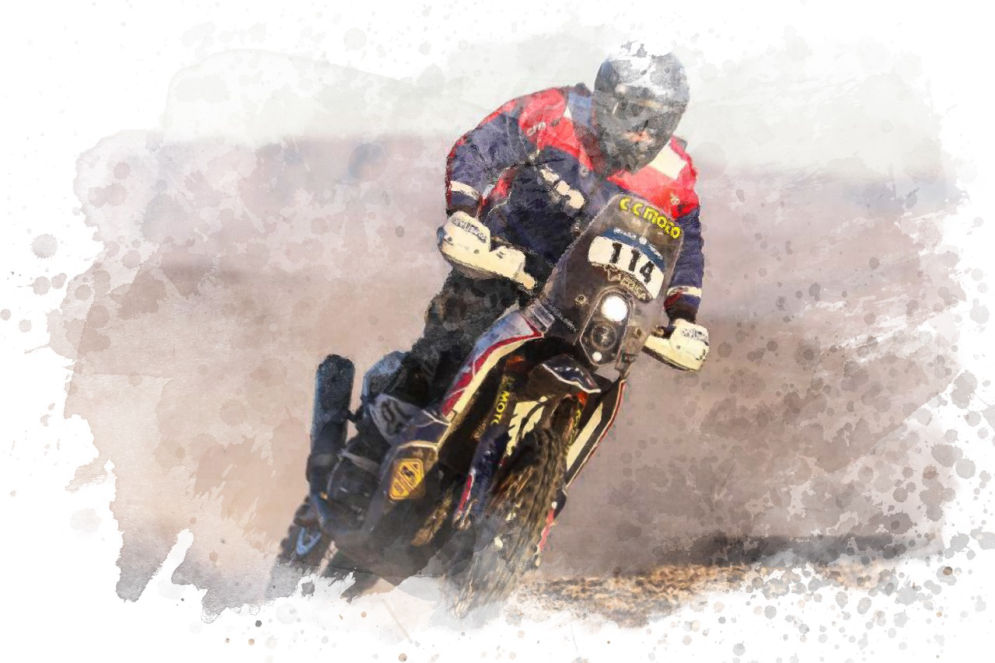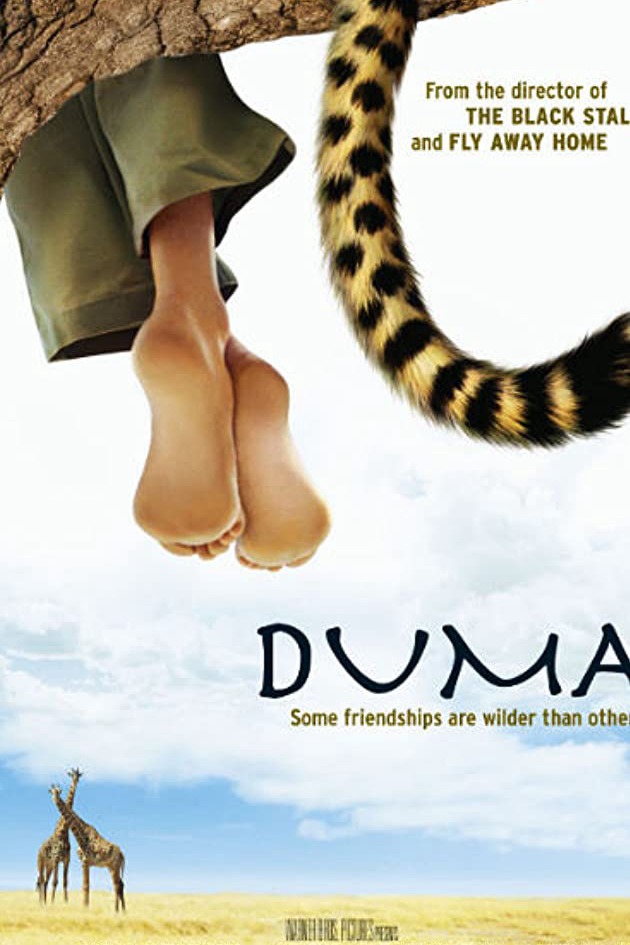


Edition 13 of Portmanteau is here!
You may notice something in this edition. We've concentrated on a certain continent! The vast savannahs, lush jungles and unique persona of Africa on the world map means there is so much to explore that one Portmanteau wouldn't do it justice. But we've certainly tried our best!
Our feature talks about the Great Walk Of Africa, an endeavor that has empowered hundreds of indigenous communities in Kenya whilst providing an innate African experience to the traveller. With our good friends from Rare Africa soon conducting bespoke expeditions on the Great Walk, we thought it made sense to talk about it!
We also talk about the actual birthplace of the Homo Sapiens as a species (that's you and us!) and its potential origins in the salt pans of the Kalahari. We also have Spotify's own Africa-inspired playlist along with a choice selection of movies that all have an African element to them. Why don't you enjoy them with a plate of Koshari in hand? The recipe is below if you've never heard of it...
We hope you enjoy the thirteenth edition of Portmanteau. As always, we welcome feedback and suggestions from all our readers.
Sharing the mutual love for travel!
Ashish


A deep dive into a story that's arcane, thoughtful, and sometimes humorous!


The Great Walk Of Africa
Have you ever wondered what it would be like to walk across Africa through the pristine bush jungle, with the backdrop of Kilimanjaro and across the Galana River?
The Great Walk Of Africa is a 10-12 day hike through Kenya's Eastern Tsavo region that lets you have the primordial jungle experience. We'd love to tell you more but Goeffery Dean has written his own beautiful account for The Traveller, which should give you enough inspiration to go on your own expedition!

The Africa Eco Rally quietly had a run in 2020, and has unfortunately been cancelled for 2021.


The world of rallying is a unique one. Imagine riding a vehicle across some of the harshest landscapes in the world. You may have a support crew, but out there it’s just you, your ride and the elements.
One erratic turn and your entire stint goes for a toss or worse, you end up in the hospital. And yet, there’s something beautiful about facing the untamed on 2 wheels or 4.
How prepared are you for your travels?

Movies revolving around life in Africa to give you a taste of the beauty of the land and its people!


Who would have predicted that rugby would help in the movement against discrimination? Nelson Mandela, of course. One of the greatest leaders of the 21st century, his legacy is shown beautifully in Invictus.
Invictus is one of Morgan Freeman's most powerful performances. It's also probably one of Matt Damon's most powerful performances.
It tells the story of how the newly elected Black president of South Africa conspires to end racial tensions between white people and black people in the country by convincing the captain of the national Rugby team they can win the world cup.
While the inevitable does happen and the Gemsboks win the world cup, the journey they take as well as the insights on Mandela's life (plus his powerful narration of the poem from which the movie draws some inspiration) alone makes this a worthy watch.

We've always wondered what life would be like adopting wild animals. Duma partially answers your questions in a tale of love, humor and drama in a journey that takes you across some of Africa's most iconic landscapes.
Xan, a South African schoolboy finds a young cheetah cub that was orphaned. Promising to return him to his home one day when he was all grown up. Duma the cheetah lives a jolly life in Johannesburg with his foster family, but soon it becomes evident that you can't take the cat out of the jungle. And so a few years later after the passing of his father, Xan vows to return Duma to his home.
The journey they take crossing the Okavango Delta and the famed salt pans of the Kalahari, and the people they meet enroute all add to this charming tale about a young boy's friendship with the wild and and how it is to truly step out into the great African outdoors.

A Coca-Cola bottle unwittingly dropped from an airplane creates havoc and unknown emotions among a normally peaceful tribe of African bushmen. They believe the bottle is a gift from their gods as it is infinitely useful for all kinds of daily chores.
But the bottle also introduces the bushmen to feelings of envy and ideas of ownership, threatening their idyllic society that has existed without notions of poverty, greed or crime. In their wisdom, the bushmen decide to get rid of the bottle. Burying it is of no use as warthog digs it up with a bushman child bringing the blessed-cursed thing back to the village. They try throwing it back to the gods in the sky, but the bottle keeps falling back to the ground, of course. That is when the village wiseman tells them to take it to the edge of the world and throw it out!
A laughter riot through and through, the lessons this movie drives home remain pertinent today, more so, as the conversation on sustainability and conservation takes foreground.
After much thought, we decided to feature an improbable place, not in space but in time. Well, yes, all paces are improbable when we talk about time travel. But Makgadikgadi is special, in that, it has been recently revealed as the cradle of humanity.


Africa has been long thought as the possible venue of the “Holy Grail”. Whether or not this particular holy grail will be found or even if it exists, Africa has been established, unequivocally as home to yet another holy grail, the cradle of humanity itself.
There were a few contenders and impostors too within Africa, with the East African Great Rift Valley being the front runner for the longest time. But recently, with advances in DNA study and correlations, a new and definitive venue has been found.

Giraffes have the same number of neck bones as humans do. All mammals do, in fact. Make of that what you will.

Ever heard of this simple Egyptian rice dish?


The national dish of Egypt is a true representation of the varied produce of the land, or lack thereof. It's a popular dish at home and also on the streets.
The best thing about Koshari is that it's an extremely simple dish. Rice, lentils, tomato sauce, a special spice blend known as Baharat and macaroni. And if you're feeling really fancy, some fried onions on top.
Credits for the recipe below go to www.allrecipes.com!
Africa inspired playlist. Need we say more?

Puzzles to get your neurons firing.

Fill in the form to be featured on PORTMANTEAU